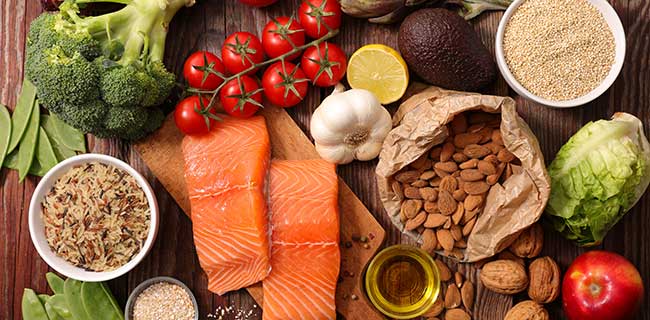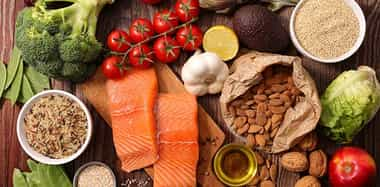
Aug 4, 2025
Blog food-and-beverage Halal Food in MENA: A Market Rooted in Tradition, Growing with Innovation
As the demand for ethically sourced, religiously permissible food continues to rise, halal food is fast becoming a significant economic driver in the Middle East and North Africa (MENA). With a unique mix of cultural tradition and modern consumer expectations, this region transforms how halal products are perceived, produced, and purchased.
According to BCC Research, the halal food market in MENA is poised to reach $380.0 billion by 2030, growing at a compound annual growth rate (CAGR) of 7.1%. This reflects not just religious adherence but also a growing interest in quality, hygiene, transparency, and sustainability across Muslim and non-Muslim populations alike.

Young, Growing Population
The MENA region has one of the world’s youngest populations, with a high percentage under 30. This youthful demographic is both health- and brand-conscious. They are demanding halal-certified products that align with Islamic dietary laws and modern food safety and wellness standards.
Urbanization and Lifestyle Shifts
Rapid urbanization is changing food consumption patterns. With more people living in cities, there is a higher demand for packaged, processed, and ready-to-eat halal foods that cater to busy lifestyles while ensuring religious compliance.
Rising Tourism and Hospitality
With destinations like Saudi Arabia, the UAE, and Morocco welcoming millions of tourists and business travelers yearly, the hospitality industry has ramped up its halal offerings. Halal-certified food is now the norm in hotels, restaurants, and inflight catering services throughout the region.
The estimated market size of the MENA halal food market is $380.0 billion by 2030, with a CAGR of 7.1%.
While traditional staples like halal meat remain the backbone of the market, diversification is accelerating:
Gulf Cooperation Council (GCC)
Countries like Saudi Arabia, the UAE, and Qatar are at the forefront of halal certification, food imports, and high-value consumption. The UAE, in particular, strives to be a global halal hub through government initiatives and food tech innovation.
North Africa
Morocco, Egypt, and Algeria represent high-potential markets, driven by their large populations and growing demand for certified products. For example, Morocco’s halal certification body builds international recognition and aids local development and exports.
Levant Region
Countries like Jordan and Lebanon are seeing a growing halal packaged food segment, catering to domestic needs and regional exports.
Opportunities
Challenges
The halal food market in the MENA region is entering a new era, one driven by youth, innovation, and global ambition. With a projected value of $380 billion by 2030, it’s not just a niche market anymore, it’s a powerhouse.
For food producers, retailers, investors, and policymakers, the message is clear: halal is not only a matter of faith, but also a marker of quality and opportunity.
Consider becoming a member of the BCC Research Library and gain access to our full catalog of market research reports in your industry. Not seeing what you are looking for? We offer custom solutions too, including our new product line: Custom Intelligence Services.
Contact us today to find out more.

Sandeep is a Senior Executive in Marketing Operations at BCC Research, proficiently serving as a graphic designer and content creative specialist. His expertise extends to AutoCAD and Revit, and he has made valuable contributions to the event industry with his design skills.

Food safety and quality control have always been critical concerns for consumers...

We are your trusted research partner, providing actionable insights and custom consulting across life sciences, advanced materials, and technology. Allow BCC Research to nurture your smartest business decisions today, tomorrow, and beyond.
Contact UsBCC Research provides objective, unbiased measurement and assessment of market opportunities with detailed market research reports. Our experienced industry analysts assess growth opportunities, market sizing, technologies, applications, supply chains and companies with the singular goal of helping you make informed business decisions, free of noise and hype.